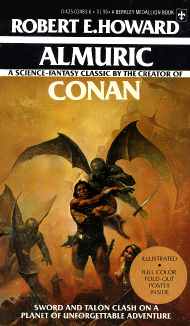Pastiches ‘R’ Us: Conan and the Amazon
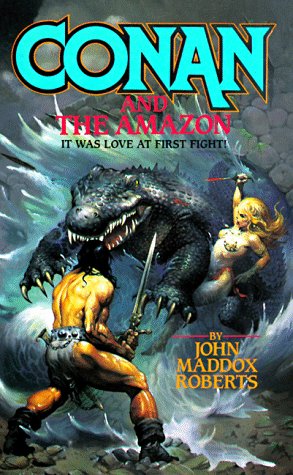 Conan and the Amazon
Conan and the Amazon
John Maddox Roberts (Tor, 1995)
You may have noticed that in my series of reviews of Conan pastiche novels, I have yet to review an entry from Roland Green.
That is correct. I have not. Noted. Moving on. . . .
Of the authors of the long-running Tor series of novels, which started with Robert Jordan’s Conan the Invincible in 1982 and concluded with Roland Green’s Conan and the Death Lord of Thanza in 1997, with Harry Turtledove’s Conan of Venarium as something of a “coda” in 2004, John Maddox Roberts is the most consistently entertaining. (I love the novels from John C. Hocking and Karl Edward Wagner, but as each man unfortunately wrote only a single book, the sample is much smaller.) Roberts was the first new author to take over when Robert Jordan retired from the series after seven books published over only three years. In the eight novels that Roberts wrote, he shows deft ability with storytelling and action scenes, and a thankful tendency not to overplay his hand and try to ape Robert E. Howard’s style. His first Conan novel, Conan the Valorous, is one of the best of the Tor series, and shows a superior handling of the barbarian’s homeland of Cimmeria than Turtledove would achieve in Conan of Venarium.
However, Roberts had his down moments, and alas he stumbled at the finish line.
Conan and the Amazon is the last of Roberts’s Conan novels. It’s also his poorest, although a plot description, the salacious promise of the title, and a great cover with a super-croc would indicate it has sword-and-sorcery joys aplenty inside.
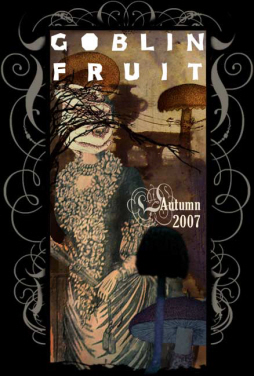 Okay, this is the Age of the Internet, so you’ve probably had this experience.
Okay, this is the Age of the Internet, so you’ve probably had this experience.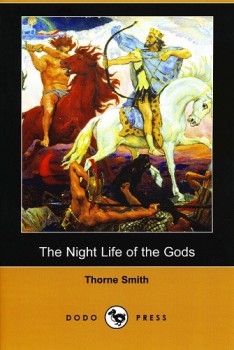

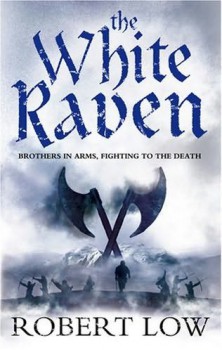 The White Raven
The White Raven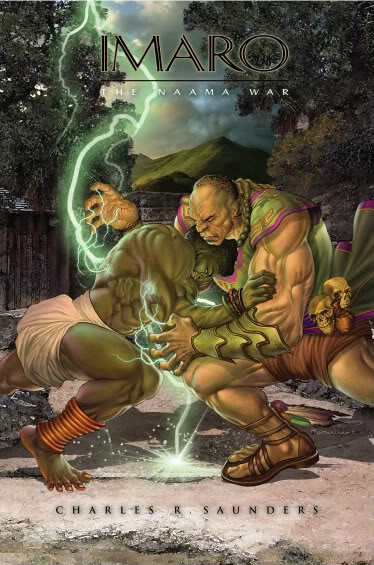 Imaro: The Naama War
Imaro: The Naama War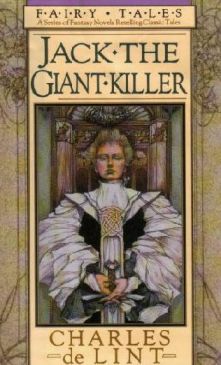 Jack the Giant Killer, by Charles de Lint
Jack the Giant Killer, by Charles de Lint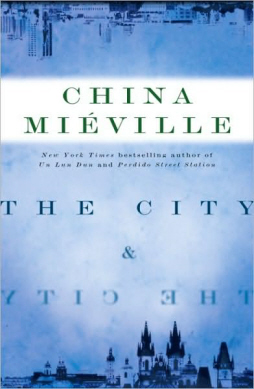 The City and the City
The City and the City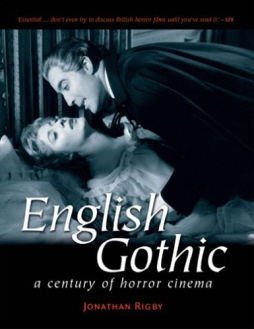 Jonathan Rigby’s ENGLISH GOTHIC (2000) is an excellent survey of British horror and science fiction films. Misleadingly subtitled A CENTURY OF HORROR CINEMA; the book focuses instead on the 20 year period from THE QUATERMASS XPERIMENT (1955) through TO THE DEVIL, A DAUGHTER (1976) when British production companies like Hammer, Amicus, and Tigon consistently outperformed the Hollywood majors in producing the finest and most influential genre films.
Jonathan Rigby’s ENGLISH GOTHIC (2000) is an excellent survey of British horror and science fiction films. Misleadingly subtitled A CENTURY OF HORROR CINEMA; the book focuses instead on the 20 year period from THE QUATERMASS XPERIMENT (1955) through TO THE DEVIL, A DAUGHTER (1976) when British production companies like Hammer, Amicus, and Tigon consistently outperformed the Hollywood majors in producing the finest and most influential genre films.